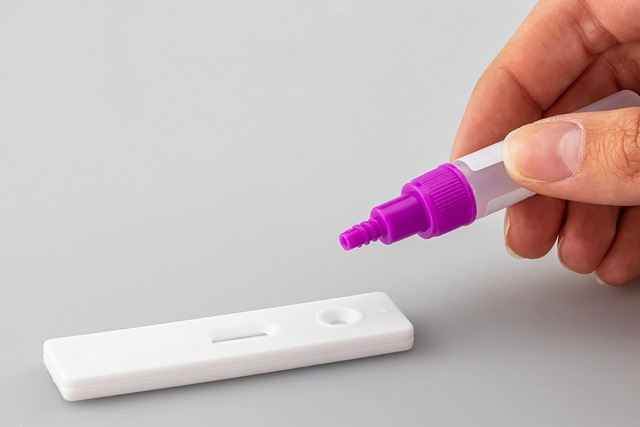Revolutionizing Control: Virtual Robotics Testing for Enhanced Performance
In an era characterized by rapid advancements in technology, the field of robotics is experiencing a monumental transformation. At the heart of this change is virtual robotics testing, an innovative technique pushing the boundaries of how we design, develop, and deploy robotic systems. This approach not only enhances performance but also brings a fresh perspective to control methodologies.
The Need for Virtual Robotics Testing
As our dependency on robotics grows—from manufacturing to healthcare—the demand for effective control systems has never been more critical. Traditionally, robotic systems were tested in physical environments, often leading to lengthy development cycles and increased costs. Virtual robotics testing, however, allows engineers to simulate real-world conditions in a controlled digital environment, enabling them to identify issues and optimize performance before deployment.
Enhanced Performance Through Simulation
Imagine being able to tweak your robot’s control algorithms without the constraints of physical limitations. Virtual robotics testing creates a dynamic platform where multiple scenarios can be replicated, allowing for thorough examination and refinement. Factors such as sensor feedback, environmental changes, and unexpected obstacles can all be simulated. Consequently, developers can ensure that their robots operate at peak efficiency, regardless of conditions.
Identifying Challenges Early
By shifting the testing phase from the physical realm to a virtual space, teams can effectively mitigate risks at a fraction of the cost. Virtual testing uncovers challenges that may not be easily identified in initial prototypes. This early detection paves the way for more robust control systems, ultimately resulting in a reliable and well-performing robotic solution. Engineers can experiment with both hardware-in-the-loop and software-in-the-loop simulations, honing their designs to better meet specified objectives.
Bridging the Gap Between Theory and Practice
For many in the robotics field, virtual robotics testing serves as a bridge between theoretical concepts and practical application. It allows engineers to apply complex algorithms and control techniques in a risk-free environment, instilling confidence before implementing changes in the physical world. The iterative nature of virtual testing gives developers the freedom to explore innovative control strategies, pushing the envelope of what’s possible in robotics.
The Future of Robotics Control
As we look towards the future, it is clear that the integration of virtual robotics testing will redefine the standards of performance and reliability in the industry. By harnessing this technology, organizations can foster creativity, enhance productivity, and push forward in their quest for smarter, more efficient robotic systems. With every test, we step closer to achieving seamless human-robot collaboration, expanding the boundaries of what’s possible in automation.




